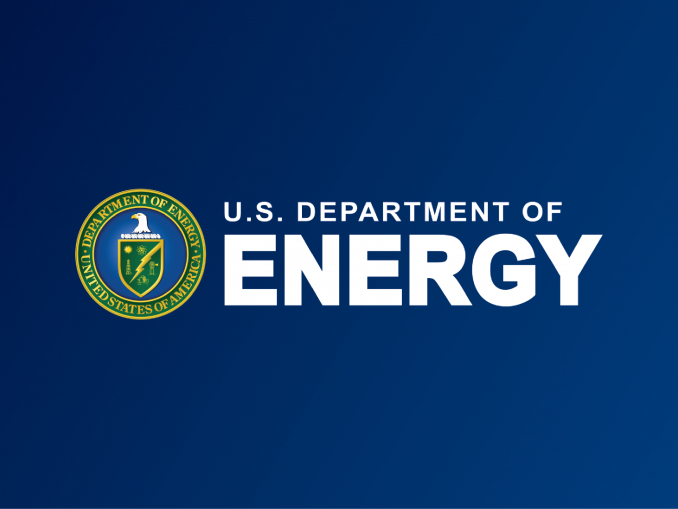In the 1940s, the latest updates on World War II were being printed across every front page of America. During this time, the United States Army was working on something behind closed doors, something so highly classified that many of the people involved were kept in the dark.
One of those people was a young woman named Ruth Huddleston. A Tennessee native who grew up in the small town of Oliver Springs, Ruth Huddleston sang in her church choir and taught middle school. Rumbles of job opportunities reached her community by way of the new Army facility in Oak Ridge, and her life changed overnight.
“I was working in a hosiery mill and the girls were talking about it. They said, ‘We’re going down to Oak Ridge and apply for a job.’”
As a “cubicle operator” on the Y-12 Project, she sat in front of a massive control center covered in meters and gauges, adjusting dials to keep a needle pointing in the right direction. Beyond that, she didn’t know much; the top-secret project was a secret even to some of those who were working on it. “We just were supposed to do what they told us, and they said we weren’t supposed to talk about what we were doing to anybody, not even to the ones that were working with us,” Ruth said. “We weren’t supposed to discuss it, not even with our parents at home. It was just supposed to stay there with us.”
What Ruth didn’t realize was that she was actually helping operate an electromagnetic racetrack, called a calutron, that separated uranium 235 from the more common, heavier uranium 238. The lighter uranium 235 would eventually be used as fuel for Little Boy, the atomic bomb that was dropped on Hiroshima, Japan on August 6th, 1945. The war that had started when Ruth was only fourteen had effectively come to an end, and Ruth and her coworkers — nicknamed the Calutron Girls — had unknowingly been a part of it.
That was the also the day Ruth and her colleagues learned of their own unknowing involvement in the Manhattan project. “I was really happy at the time and excited. But then when I heard later all the people who had been killed, it really, really bothered me because I had a part in killing all those people,” Ruth said. “I tried to stop and think about it. Because war is war since the beginning of time… and death goes with war. It still bothers me sometimes to think I had a part in that, but we didn’t know it. […] Then I thought, they had to do that, to keep from someone else getting it, you know? It required a lot of thinking.”
Eventually Ruth moved on from her time at Y-12. She resumed her teaching career before getting her advanced degree to work as a guidance counselor. In total, she worked as an educator for 39 years.
With her husband who had been stationed in Germany, Ruth raised three children, six grandchildren, and eleven great-grandchildren — who are now all a part of her extensive legacy. Ruth had gotten accustomed to being secretive about her time at Oak Ridge; until her later years, her children didn’t know of her involvement in the Manhattan Project as a Calutron Girl.
However, even after a life marked by historical significance and a long career as an educator, Ruth saw her family as her most important accomplishment. “I’ve seen a lot of things and done a lot of things, but I think the most amazing things is when I had my children. Then my grandchildren, and my great-grandchildren. […] Somebody said to me the day I was looking at my last little great-grandchild, ‘Just think, you started all of this.’”
The history of science and energy has been shaped throughout time by the contributions of people like Ruth. Hear her story in her own words on a special “Short Circuit” episode of Direct Current, a podcast from the Department of Energy.
Originally published at https://www.energy.gov/articles/life-service-remembering-ruth-huddleston




